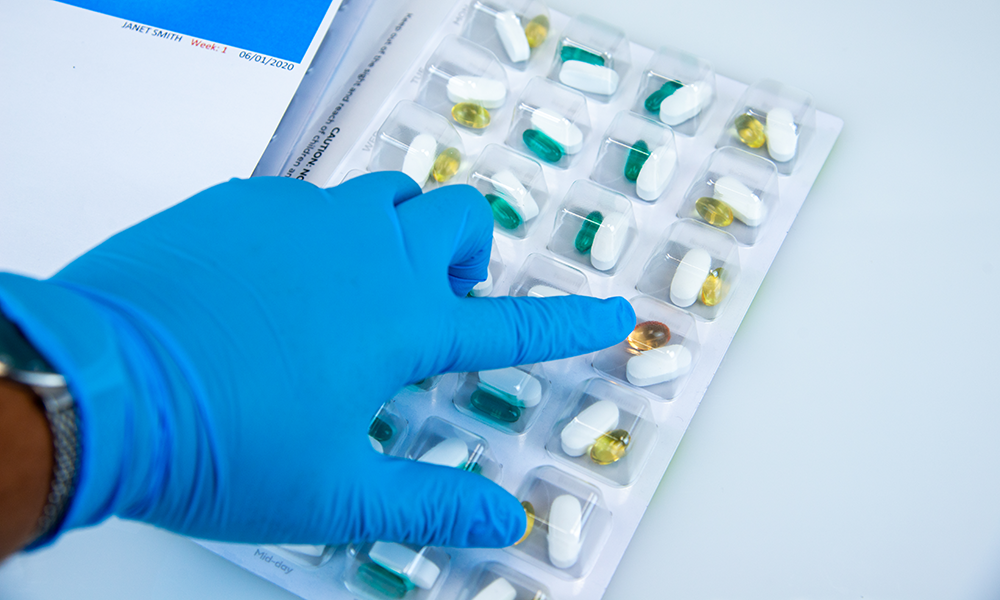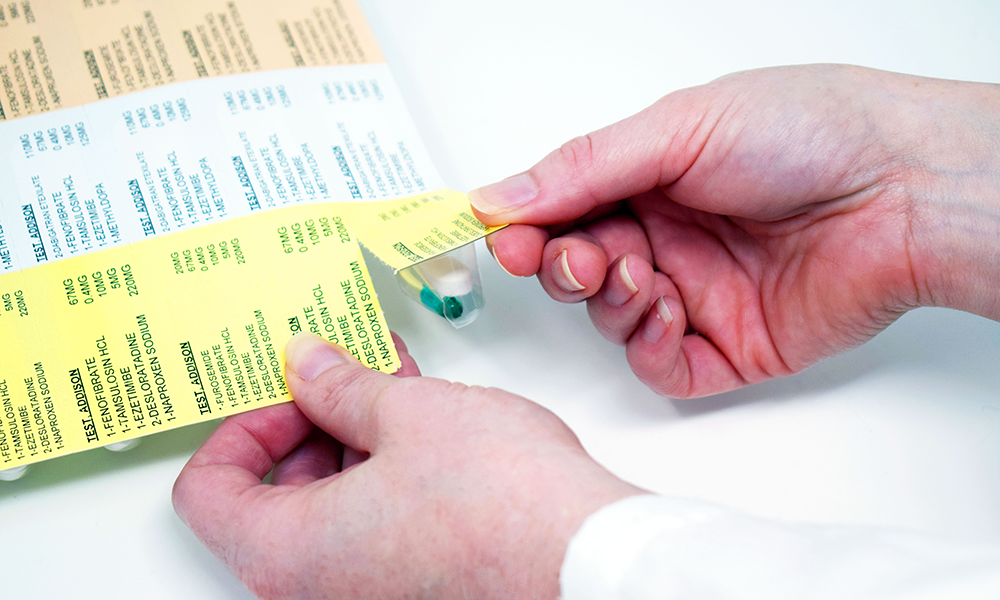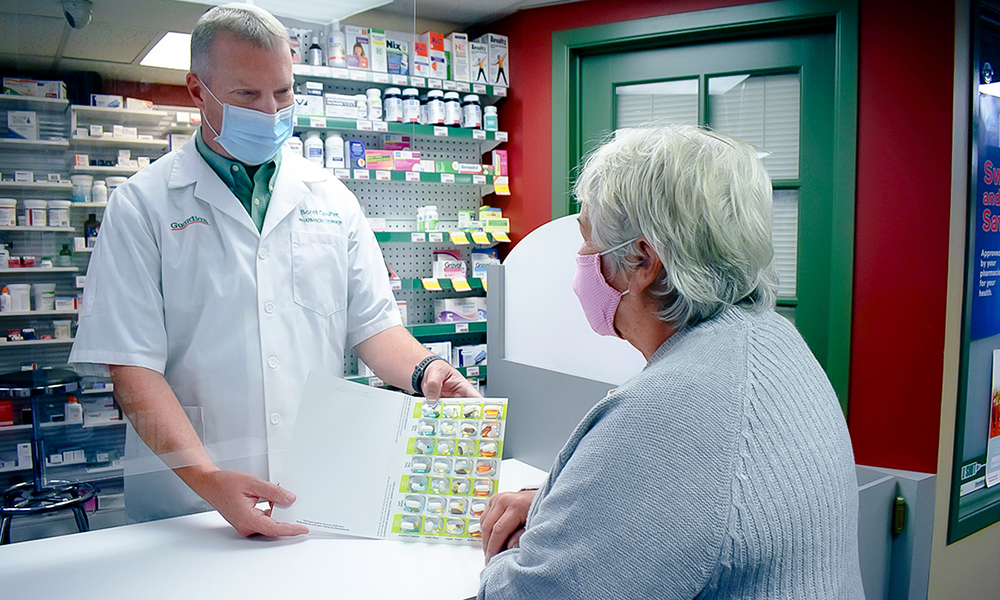Transforming Medication Management: the Low-Cost Solution to Improve Health Outcomes for At-Risk Patients
Medication adherence packaging, also known as blister packs, have been widely used in pharmacies across the world as an effective and low-cost way of improving medication adherence – especially for at-risk patient groups such as seniors at home, patients starting maintenance medications, or those living with cognitive decline, visual impairment or language barriers.
A blister pack is a type of calendarized packaging that contains medications in individual compartments. There are weekly packs that have compartments arranged in rows, with each row representing a day of the week and each compartment representing a specific time of day. There are also packs that have daily compartments for a full month of medications.
There are three key benefits of blister packs for at-risk patients:
1. Removing confusion from medication management

Taking medications as prescribed can be challenging, especially for patients who have difficulty remembering to take their medications. The World Health Organization reports 50% of people do not take medications as prescribed.
Original pharmaceutical packaging and prescription vials are not labeled or organized by days of the week and times of the day. For a patient who is taking multiple medications throughout the day, it can be a daunting task to navigate several vials and packages, try to remember what needs to be taken when and, as importantly, in what doses. Then think about that same patient who leaves home for a day. It is not easy to take all of these drugs with them while traveling and remember which ones to take.
Blister packs provide a clear visual cue for patients, so they can keep track of the medications they have already taken and those they still need to take – something that is not easy to determine by looking at original drug packaging or multiple prescription vials.
2. An inclusive and accessible option

Blister packs are also beneficial for those who have difficulty reading small print or have vision problems. Many packs have large, easy-to-read labels and are color-coded to help patients identify their medications. Blister packs also have symbols near each cavity indicating the time of day the medication should be taken.
Patients can easily access their medications by puncturing the backing on each compartment with their fingers. Many backings are perforated to make this even easier for those with dexterity issues or arthritis.
3. Improving medication safety

Blister packs are filled by pharmacy teams and verified by a licensed pharmacist. This reduces the risk of medication errors, ensuring patients have access to the correct medications in the right amounts at the right times of day.
A study in the Journal of the Royal Society of Medicine found patients immediately forget up to 80% of the medical information provided by healthcare practitioners . These packs reinforce prescribed medication regimens, reducing the likelihood of patients double dosing, missing a dose, or taking the wrong dose.
What’s more, the pack includes all of the patient’s medication information in one place, which makes it an easy-access medication record for healthcare providers in case of an emergency.
The value of prescribing medications in blister packs
For the patient, non-adherence can lead to worsening disease, decreased function and quality of life and higher rates of hospital readmission. Considering the broader impacts, non-optimized medication therapy results in a staggering $500 billion-plus per year in preventable costs to the healthcare system .
Blister packs are a powerful tool, especially for those in at-risk groups managing more than five daily medications. By prescribing medications in blister packs, you can ensure your patient’s prescriptions will be dispensed in this packaging at their pharmacy to help them stay on track with their treatment plans.
For more information on medication adherence packaging and blister packs, visit adherence.joneshealthcaregroup.com.
